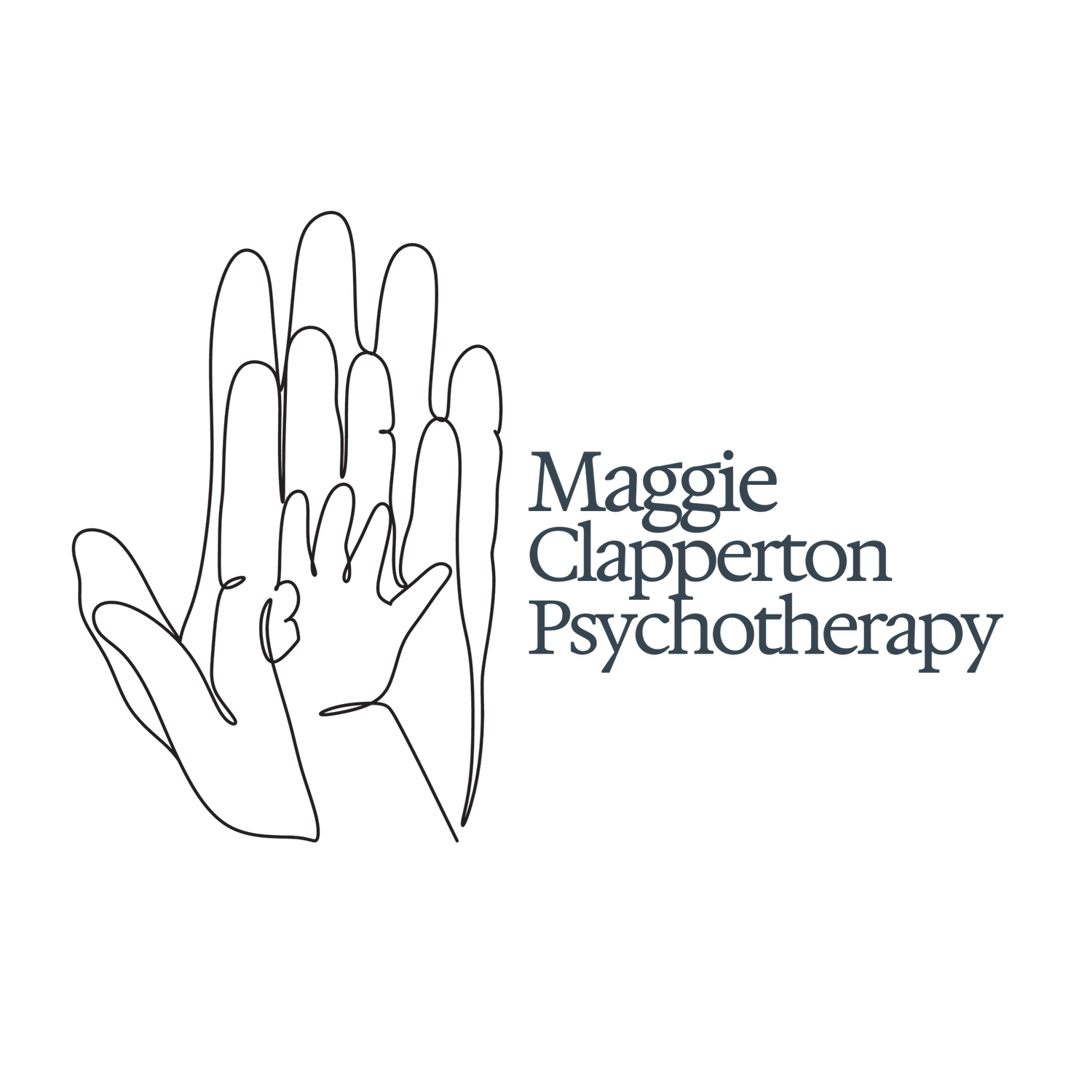The Power of Experiential Exercises in Therapy: Feeling Your Way to Healing
When most people think of therapy, they imagine talking—lots of it. And while verbal processing is an essential part of healing, sometimes words alone aren’t enough to reach the deeper emotional layers where pain and trauma live. That’s where experiential exercises come in.
Experiential therapy techniques help clients go beyond talking to directly access, express, and shift core emotions, beliefs, and body memories. They’re often the moments when insight turns into true transformation.
💡 What Are Experiential Exercises?
Experiential exercises are structured activities used in therapy to help clients feel, rather than just think, their way through emotional experiences. These techniques often involve role play, guided imagery, somatic awareness, art, or working with symbols and metaphors.
They engage the right brain—home of emotions, intuition, and nonverbal memory—and help bring unconscious material into conscious awareness.
→ Source: Greenberg, L. (2011). Emotion-Focused Therapy: Theory and Practice
🔍 Why Are They So Powerful?
Experiential techniques tap into the emotional memory system, not just the cognitive system. That’s important because emotional memories—especially those related to attachment wounds, trauma, or early beliefs—are often held in the body and outside of conscious awareness.
By accessing these implicit memories, clients can:
Release unresolved emotions
Update old beliefs about themselves
Integrate past experiences into the present
→ *Source: van der Kolk, B. (2014). The Body Keeps the Score
→ *Source: Ecker et al., 2012. Unlocking the Emotional Brain
🌱 Examples of Experiential Exercises in Therapy
1. Empty Chair Work (from Gestalt Therapy)
The client imagines a person (or a part of themselves) sitting in an empty chair and speaks directly to them. They may then switch chairs to respond as that person.
✅ Helps with: unresolved grief, internal conflict, relational wounds
→ Source: Perls, F. (1969). Gestalt Therapy Verbatim
2. Inner Child Dialogue
Clients connect with younger versions of themselves to comfort, validate, or understand them. Often guided by imagery or visualization.
✅ Helps with: attachment trauma, shame, unmet needs
→ Source: Schwartz, R. (IFS) and Bradshaw, J. (Homecoming)
3. Guided Imagery
The therapist guides the client through a visualization (e.g., a safe place, healing a past memory, meeting a supportive figure).
✅ Helps with: trauma resolution, anxiety, emotional safety
→ *Source: Naparstek, B. (2004). Invisible Heroes: Survivors of Trauma and How They Heal
4. Somatic Tracking
The client focuses on bodily sensations connected to an emotion or memory. Instead of analyzing, they stay present and curious toward the sensation.
✅ Helps with: anxiety, chronic pain, emotional regulation
→ Source: Levine, P. (1997). Waking the Tiger; Pain Reprocessing Therapy (Ashar et al., 2021)
5. Two-Chair Dialogue (from Emotion-Focused Therapy)
One part of the self (e.g., the critical voice) sits in one chair, and another part (e.g., the vulnerable self) in the other. The client moves between them to explore the inner dynamic.
✅ Helps with: self-criticism, internal conflicts, shame
→ *Source: Greenberg, L. (2002). Emotion-Focused Therapy
🧠 What the Research Says
Experiential approaches are shown to be highly effective in helping clients achieve emotional breakthroughs and lasting change:
Emotion-focused therapy (EFT), which is grounded in experiential work, has strong evidence for treating depression, anxiety, and relationship distress.
→ *Source: Elliott et al., 2013. Psychotherapy ResearchMemory reconsolidation, a brain-based mechanism for lasting emotional change, is often activated through experiential processes.
→ *Source: Ecker et al., 2012. Unlocking the Emotional Brain
✨ Final Thoughts
Experiential exercises are not about acting or performing—they’re about connecting. They give clients a safe way to feel into their story, access deep emotional truths, and rewire old patterns at the source.
So while talking has its place, it’s often in those felt moments—when a client meets their inner child, expresses long-held anger, or comforts a past self—that healing truly begins.
Sources:
Ecker, B., Ticic, R., & Hulley, L. (2012). Unlocking the Emotional Brain
Greenberg, L. (2011). Emotion-Focused Therapy
van der Kolk, B. (2014). The Body Keeps the Score
Elliott, R., Watson, J., Goldman, R., & Greenberg, L. (2013). Psychotherapy Research
Perls, F. (1969). Gestalt Therapy Verbatim


